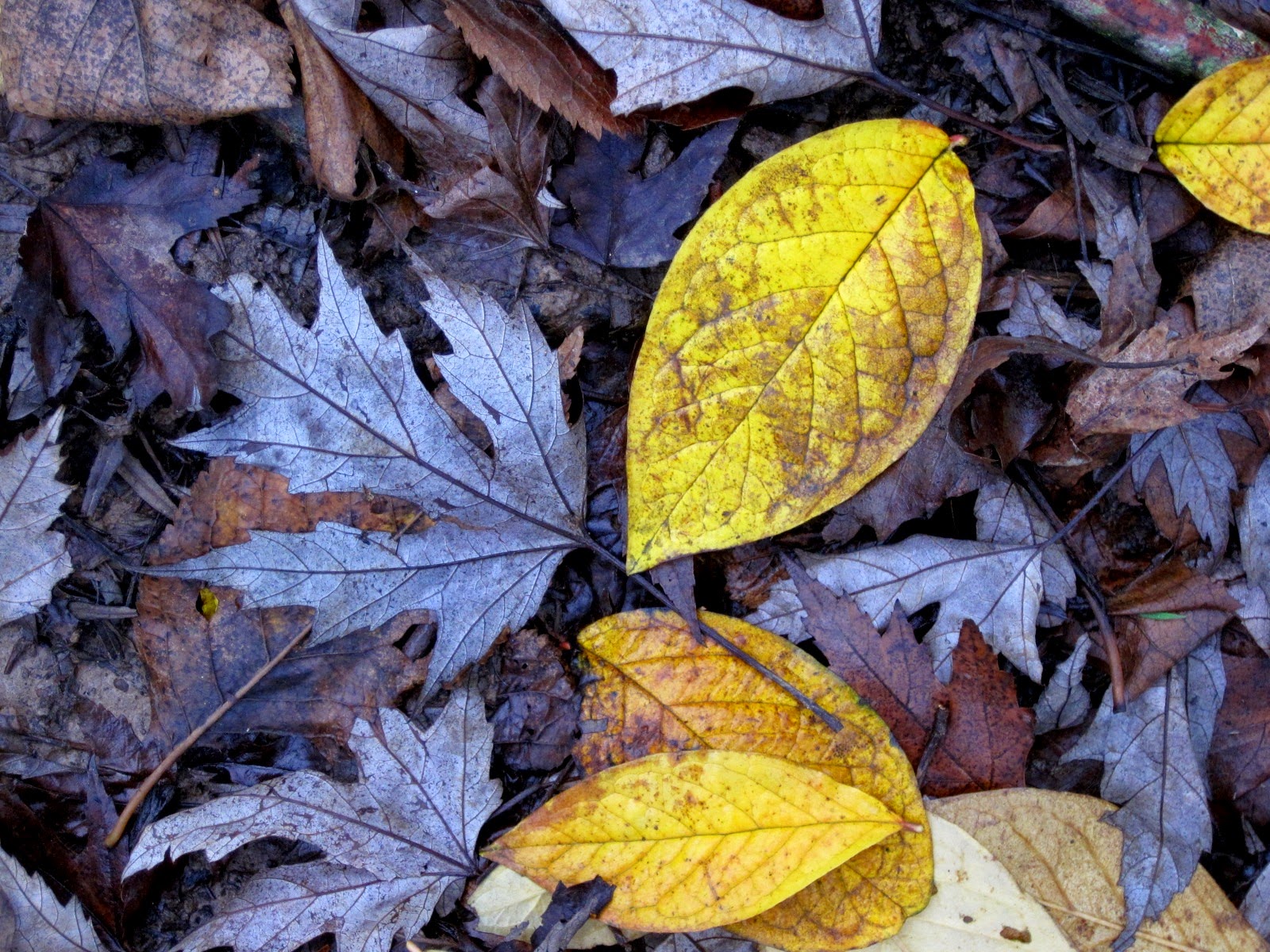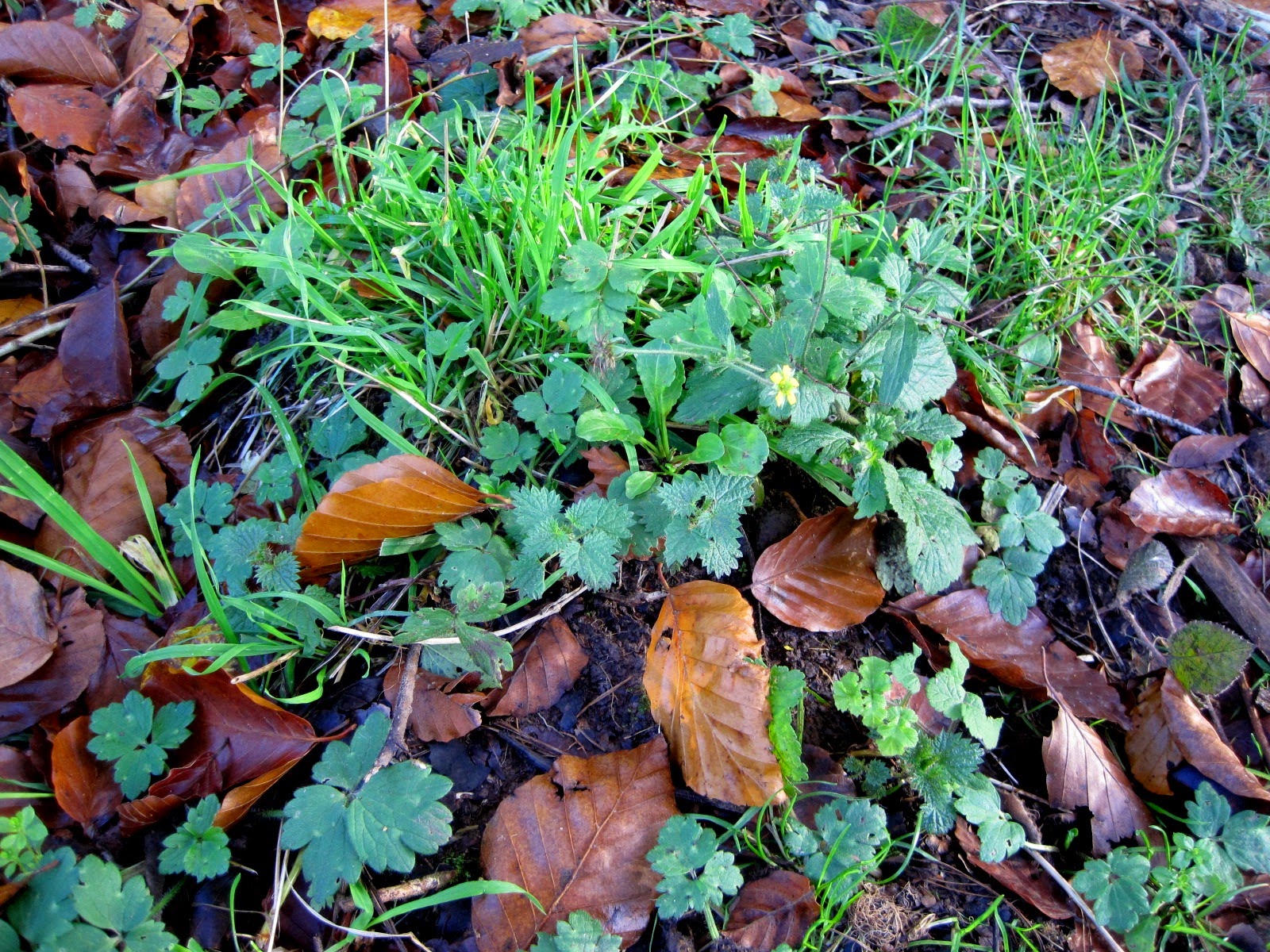At our November 1st work morning we scythed off the grass one last time before winter, producing a goodly pile of 'arisings'.
The 'welcome area' just inside the main entrance to Filnore Woods, is beginning to look more welcoming.
Over by the 'White House' you can see a large pile of bits of old iron and other stuff which we have found on the site.
There are more bits of agricultural junk pulled out of the hedge
To the left of the fire site, where you can see Alan burning up the last of the elder twigs cut out of the hedge, is a charcoal kiln which will be in production some time in the future. To the right are some more, larger pieces of elder. These will probably be left as a log pile in the woodland to be a shelter and food source for invertebrates.
Around the edge of our grassy patch the brambles try to encroach, so we have been cutting it back to maintain and even increase the amount of grassland.
And this one little oak tree, which had been flattened by pylon contractors' vehicles several years ago, may one day be a gathering place for future events. On the right you can see what it looked like in January 2012, held up by stake and a piece of rope.
This is what the welcome area looks like now
But it was only back in March 2012 that we were clearing off several years' growth of bramble
We thought we'd done the job, though admittedly it was more chopped bramble than grass. This picture was taken in April 2012.
But then by August we were taken over by nettles, formerly hiding under the brambles.
It is only by repeated mowing that we shall achieve our meadow with a beatiful and varied assortment of wild flowers.
Come and learn how to use a scythe next summer.


























































